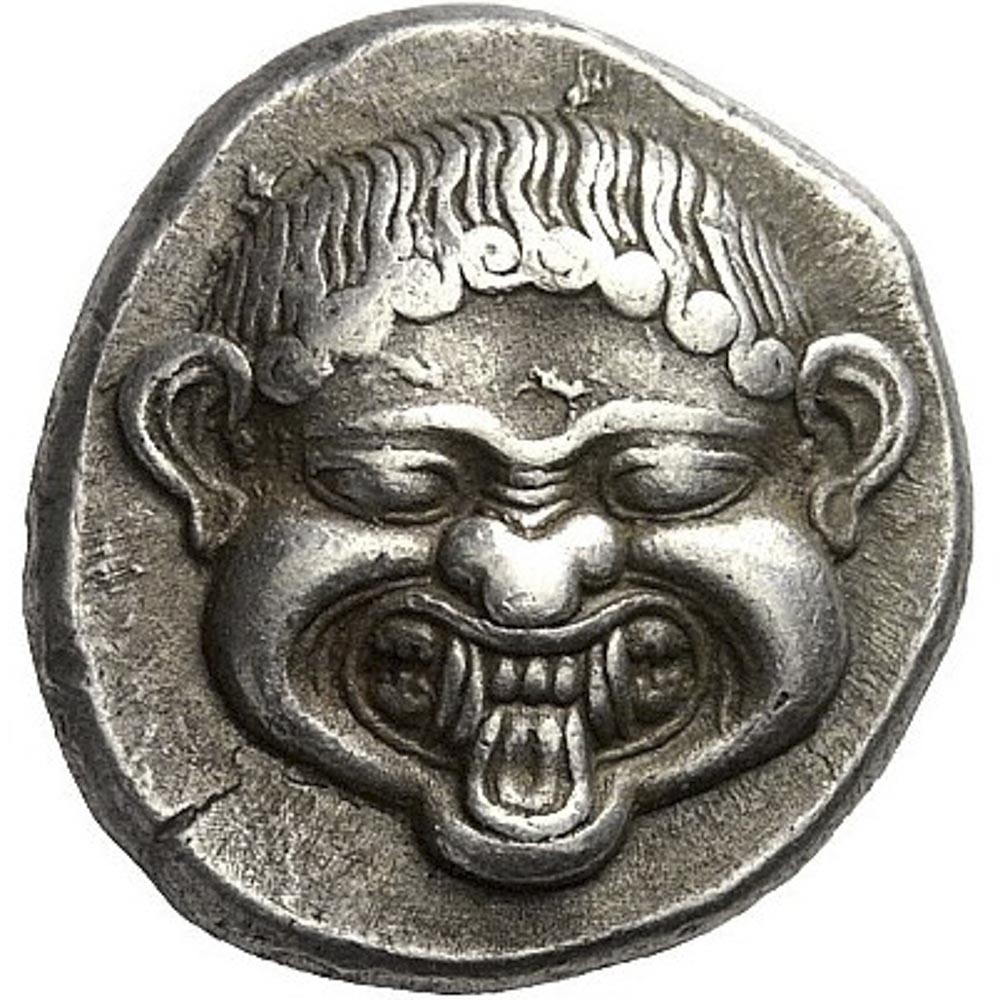Politische und andere Deutungsmöglichkeiten von Gorgoneia auf Münzen
DOI:
https://doi.org/10.17879/ozean-2022-3799Abstract
The diachronic examination of the gorgoneion motif as well as closely related objects yielded a number of findings. In order to stage the dangerousness of the gaze, the celators used a wide variety of means. In addition to the special emphasis on the area surrounding the eyes, these are: doubling of the gorgoneion, highlighting a forehead crease to illustrate the effort, ›oblique‹ gaze, the adornment with snakes and the demonstrative turning away of Perseus from the gorgoneion. The image idea of the gorgoneion on coins seems to be the visualization of a fear of gaze. As far as the visual message is concerned, there is no indication that an ›apotropaic‹ effect, however exactly this should be understood, could have played any role for coins with a gorgoneion. This function seems to have been mainly limited to the architectural context and certain objects. Also for a solar-astral aspect of the gorgoneion, as it was occasionally discussed by scholars, there is no evidence for the medium of the coin.
On the other hand, a surprisingly strong political aspect of the gorgoneion emerges from the diachronically comparative perspective. In addition to highlighting civic traditions that shape the identity of the polis, the gorgoneion has occasionally been a commitment to the rule of the Achaemenids since the beginning of the 5th century. Since the second half of the 5th century, cities and rulers competing with Athens occasionally use the gorgoneion in order to claim to be particularly favored by Athena. In contrast, a connection between the aegis decorated with a gorgoneion and Alexander the Great emerged in the Hellenistic period. This aspect, taken up again by Nero, may also have played a role in the use of the aegis by Roman emperors. The gorgoneion itself hardly played a role in imperial coinage in Roman times. Its use was narrowed to a component of the imperial breastplate on which it was most likely to develop the ›apotropaic‹ effect that was and is otherwise always ascribed to it.

Downloads
Published
How to Cite
Issue
Section
License

This work is licensed under a Creative Commons Attribution-NonCommercial-NoDerivatives 4.0 International License.

